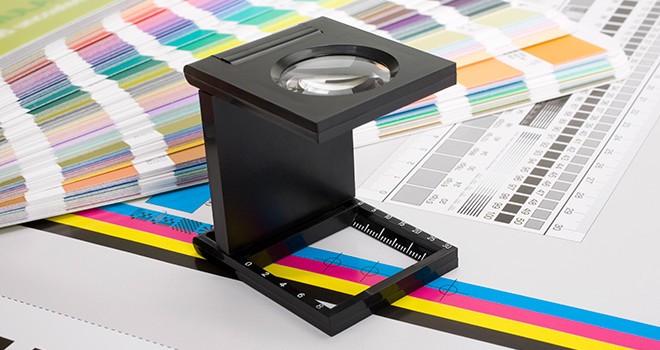In the realm of art, capturing detail in prints is vital to truly capturing the essence and intricacies of artwork. Whether you’re an artist or an art enthusiast looking to reproduce masterpieces, obtaining precise and detailed prints is essential. In this post, we will explore some strategies for achieving detail in art printing, ensuring that every line, texture, and stroke comes to life.
Employ High-Quality Scanners and Cameras
In your search for the best printer for making art prints, begin by securing top-notch files to capture the finest details of your artwork. Utilize professional-grade scanners or cameras with higher resolution to capture the smallest details accurately. Ensure that you set up lighting conditions to minimize shadows and enhance clarity.
Give Attention to Lighting
Lighting plays a role in showcasing the details of your artwork during the scanning or photography process. Invest in studio lighting equipment. Find well-lit areas with natural light sources. Avoid shadows by employing diffusers or similar techniques that create appealing lighting across your artwork.
Optimize Image Resolution
Image resolution holds importance when it comes to printing; higher resolutions offer more detail and improved reproduction quality. To achieve the best print quality with images, it is recommended to aim for a minimum resolution of 300 DPI (dots per inch). This ensures that all the intricate details of your artwork are displayed without any blurriness or loss of sharpness.
Select Appropriate Printing Techniques
When it comes to selecting the printing technique, different options offer varying degrees of precision and detail reproduction. Offset and lithographic printing methods are well known for their ability to reproduce colors, crisp lines, and textures accurately. To make a decision on which technique to use, it’s advisable to seek guidance from a printing service that specializes in art reproduction.
Choose High-Quality Paper
Choosing the right paper is equally important in achieving fantastic print results. Opting for an archival-grade paper not only enhances the longevity of your prints but also improves their clarity and sharpness. Fine art papers made from cotton or alpha-cellulose fibers are highly regarded for capturing details and achieving tonal ranges.
Calibrate Your Monitor
To ensure color accuracy throughout the editing and printing process, it is essential to calibrate your monitor. Adjusting settings such as brightness, contrast, and color ensures that the colors in your artwork remain faithful during editing and when printed. To achieve color representation and precise reproduction of details, it is essential to calibrate the printing equipment regularly.
Collaborate with Professional Printers
Collaborating with printers who specialize in art reproduction is highly recommended. Their expertise and experience allow them to handle different types of artwork and employ print processing techniques to maximize detail. Apart from this, see if they are utilizing the best printer for art prints, as this can be a game-changer.
Perform Test Prints
Before proceeding with a print run, it is advisable to conduct test prints. This step ensures that the desired level of detail is satisfactorily achieved. Adjustments can be made to settings such as ink density and resolution if necessary, resulting in flawless results. By conducting test prints, potential issues can be identified before producing a number of prints.
Handle Prints with Care
When you have obtained prints with detail, proper handling is crucial for their long-term preservation. Avoid touching the printed areas, as oils on our hands can cause smudging or degradation. Use gloves and store prints in acid-protective sleeves or frames to safeguard them from external factors like UV rays and dust particles.
End Note
Achieving detail in art printing requires attention to various factors throughout the entire process, from capturing high-resolution digital images to selecting suitable printing techniques and materials.
Collaborating with printers who have an understanding of art reproduction can truly enhance the quality of your prints, ensuring that every intricate detail is beautifully captured. Artists and enthusiasts can achieve reproductions of their artwork by keeping these suggestions in mind, allowing them to showcase the beauty of each meticulously drawn line and brushstroke.


